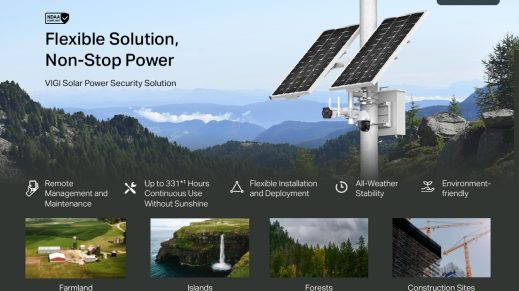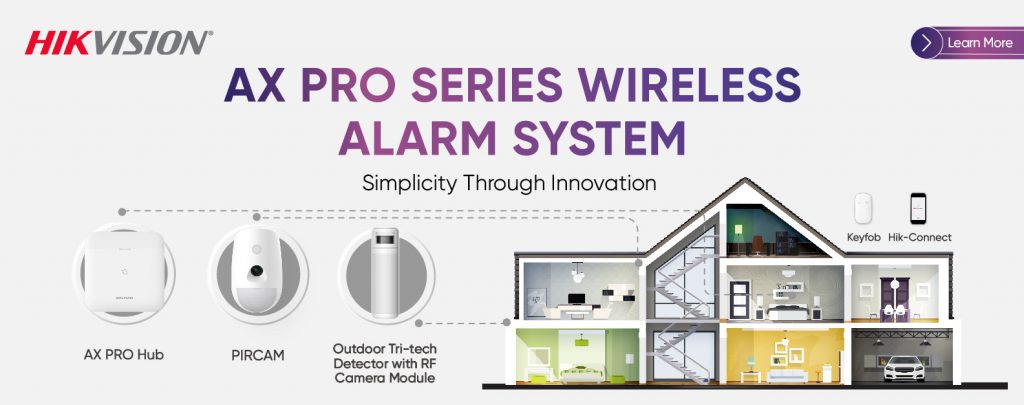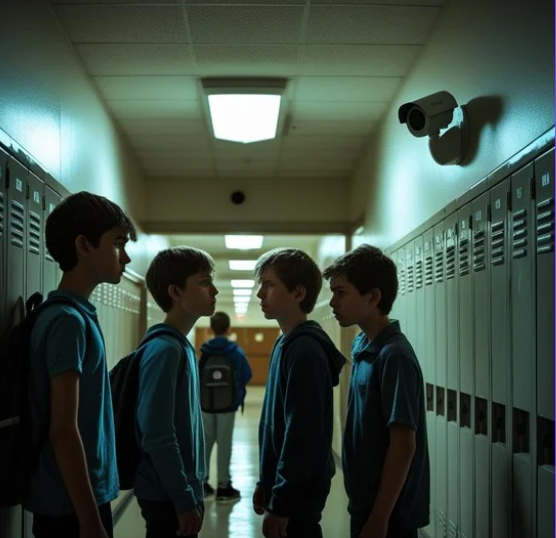No products in the cart.
When Cameras See What Teachers Miss: Fighting Bullying With CCTV in Melbourne Leave a comment
Bullying remains a pervasive problem in schools, often happening in areas where supervision is minimal. In 2018, a Melbourne high school was shaken when CCTV footage surfaced showing a student being physically assaulted repeatedly in a hallway. Teachers had not witnessed the incidents, and the victim had been too afraid to speak up. The footage shocked the community and prompted immediate changes to how the school addressed bullying.
Bullying tends to occur in corridors, stairwells, playground corners, and toilet entrances — places teachers can’t always monitor. Strategically placed cameras help discourage this behaviour and give victims the evidence they need to come forward. When bullying does occur, administrators can quickly intervene based on concrete proof.
After the footage came to light, the Melbourne school expanded its camera network, covering more blind spots and adding monitoring during peak periods like class changes. Staff received training to recognise subtle signs of bullying on camera, such as students being isolated, followed, or cornered.
The school also used anonymised clips from the incident in educational assemblies to highlight the consequences of bullying. This not only raised awareness but also helped foster a more respectful and inclusive culture.
CCTV is not a replacement for community building and education, but it is a vital support. It gives students the confidence to report incidents knowing they will be taken seriously and helps schools enforce a safe and respectful environment.




















